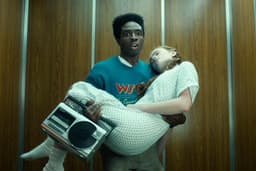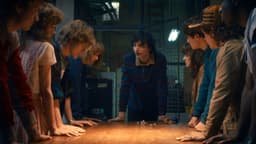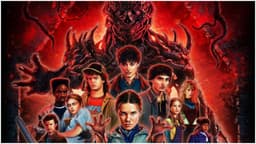Home / Arts and Entertainment / Stranger Things: Trapped in Time, Not Just Upside Down
Stranger Things: Trapped in Time, Not Just Upside Down
27 Nov
Summary
- Final season of Stranger Things faces criticism for narrative stagnation.
- Show's vast stakes overshadow character development and emotional depth.
- Protagonists appear frozen in time, hindering organic growth.

The fifth and final season of Stranger Things is depicted as a visually expansive but narratively unsatisfying experience. While retaining nostalgic elements and thrilling action, the series' escalating stakes have begun to overshadow the intimate character moments that defined its earlier seasons. The overreliance on grand, apocalyptic plotlines leaves less room for genuine character progression, causing the protagonists to feel static.
The season's pacing prioritizes the relentless chase against Vecna, leading to plot conveniences that strain suspension of disbelief. While moments of tenderness exist, such as Will's mentorship with Robin, they are often fleeting, serving as echoes of established storylines rather than organic developments. This focus on urgent plot progression comes at the expense of meaningful character arcs.
Despite the in-story time jump, the young adult actors portraying teenagers appear visibly older, and their characters exhibit a peculiar lack of growth. This narrative inertia suggests the characters are frozen in time, mirroring the show's reliance on past glories rather than forging new, impactful paths. The series appears poised to conclude without allowing its characters the natural evolution expected of their age.




